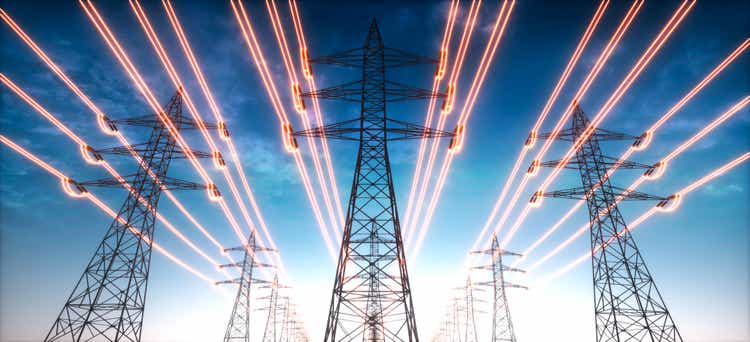peterschreiber.media
The following segment was excerpted from this fund letter.
RWE AG
RWE AG (OTCPK:RWEOY) was a position closed out earlier than we would have liked. Management changed their capital allocation strategy, leaving us with few options. Although they had done an excellent job shifting the company from a coal and nuclear-based utility to a leading European renewable power producer, they have committed themselves to doing too much in the coming years.
The business had been shifted from a real asset business growing at a comfortable pace that was not imperiling the balance sheet or heavily reliant on outside capital markets for funding to a high-growth company with long-term negative cash flows and massive capital expenditure commitments. In short, it is unclear if management recognizes that they may make themselves economically unsustainable in pursuit of environmental sustainability.
It has become very unclear to us whether management will be able to execute on the development they have penciled in and informed the market of. Furthermore, the cost expectations seemed risky, with commitments likely to imperial the balance sheet rather than grow the asset base prudently.
The management team has set the firm on a course to grow and invest significantly, but they have developed a course that risks value destruction rather than value accretive growth. The gross cash investment the firm expects to make between now and 2030 is 50 billion euros, and the investment penciled in for the next two years is roughly 3.2 billion euros, meaning management foresees a significant backloading of capital expenditure in the latter half of the decade, as they aim for a smooth 5 billion euros a year in average investment.
If the firm could maintain a high cash flow from operations they experienced in 2021, this level of expenditure might not be a problem, in theory, but it would still be financially tight.
The year twenty-twenty-one was buoyed by solid returns from the firm’s trading segment, a source of funding we consider far from reliable. This is not to suggest that the trading arm won’t have further successes, but it is far from the quality revenue stream on which one wants to build significant capital commitments. From our perspective, over the next ten years, RWE is unlikely to produce any free cash flow to the firm, even while the assets they build have the potential to deliver significant free cash flows in the 2030–2050 period (assuming investment declines during that period).
At the same time, the balance sheet is becoming concerning. Debt has reached 157% of equity, up from roughly the 30% level when we first invested at the start of 2020. Debt as a percentage of capital is now 61%. CFO/Capex has been negative for several quarters, and the firm’s Altman Z score has been trending down sharply. This is not a suggestion that the business will go bankrupt but rather an indicator that a period of prolonged financial stress is ahead.
Capex as a percentage of sales has increased to 15%, but current spending does not appear to have peaked yet. Management believes they can offset a big chunk of forward looking Capex with asset rotations (selling pieces of renewable developments to outside organizations), but it is not clear that such a claim can be taken seriously. Returning to the 2020 investor day presentation, management expected $2–$3 billion of asset rotation proceeds to reduce the capital expenditure burden between 2020 and 2022.
Given that there have been few times better in history to sell renewable assets in Europe (the market was red hot), we are uncomfortable that RWE management failed to sell any, despite that stated intention.
Overall, RWE was a good investment with a slightly disappointing outcome. Money was made, but not as much as we envision could have been made. In our opinion, the firm has become caught up in the excitement of the renewables and green trend that occurred in 2021 and, unfortunately, deviated from an economically and environmentally sustainable path to a much less-certain one.
Editor’s Note: The summary bullets for this article were chosen by Seeking Alpha editors.


Be the first to comment